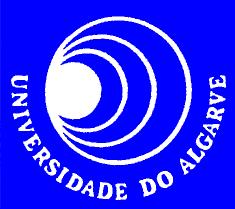
Comments: download file (pdf
)
Ref.: MsC Thesis, University of Algarve, August 2001
Abstract:
Blind deconvolution is studied in the underwater acoustic channel context, by time-frequency (TF) processing. The acoustic propagation environment is modelled by ray tracing and mathematically described by a multipath propagation channel. Representation of the received signal by means of a signal-dependent TF distribution (radially Gaussian kernel distribution) allowed to visualize the resolved replicas of the emitted signal, while significantly attenuating the inherent interferences of classic quadratic TF distributions. The source signal instantaneous frequency estimation was the starting point for both source and channel estimation. Source signature estimation was performed by either TF inversion, based on the Wigner-Ville distribution of the received signal, or a subspace-based method. The channel estimate was obtained either via a TF formulation of the conventional matched-filter, or via matched-filtering with the previously obtained source estimate. A shallow water realistic scenario is considered, comprising a 135-m depth water column and an acoustic source located at 90-m depth and 5.6-km range from the receiver. For the corresponding noiseless simulated data, the quality of the best estimates was 0.856 for the source signal, and 0.9664 and 0.9996 for the amplitudes and time-delays of the impulse response, respectively. Application of the proposed deconvolution method to real data of the INTIMATE'96 sea trial conduced to source and channel estimates with the quality of 0.530 and 0.843, respectively. TF processing has proved to remove the typical ill-conditioning of single sensor deterministic deconvolution techniques.